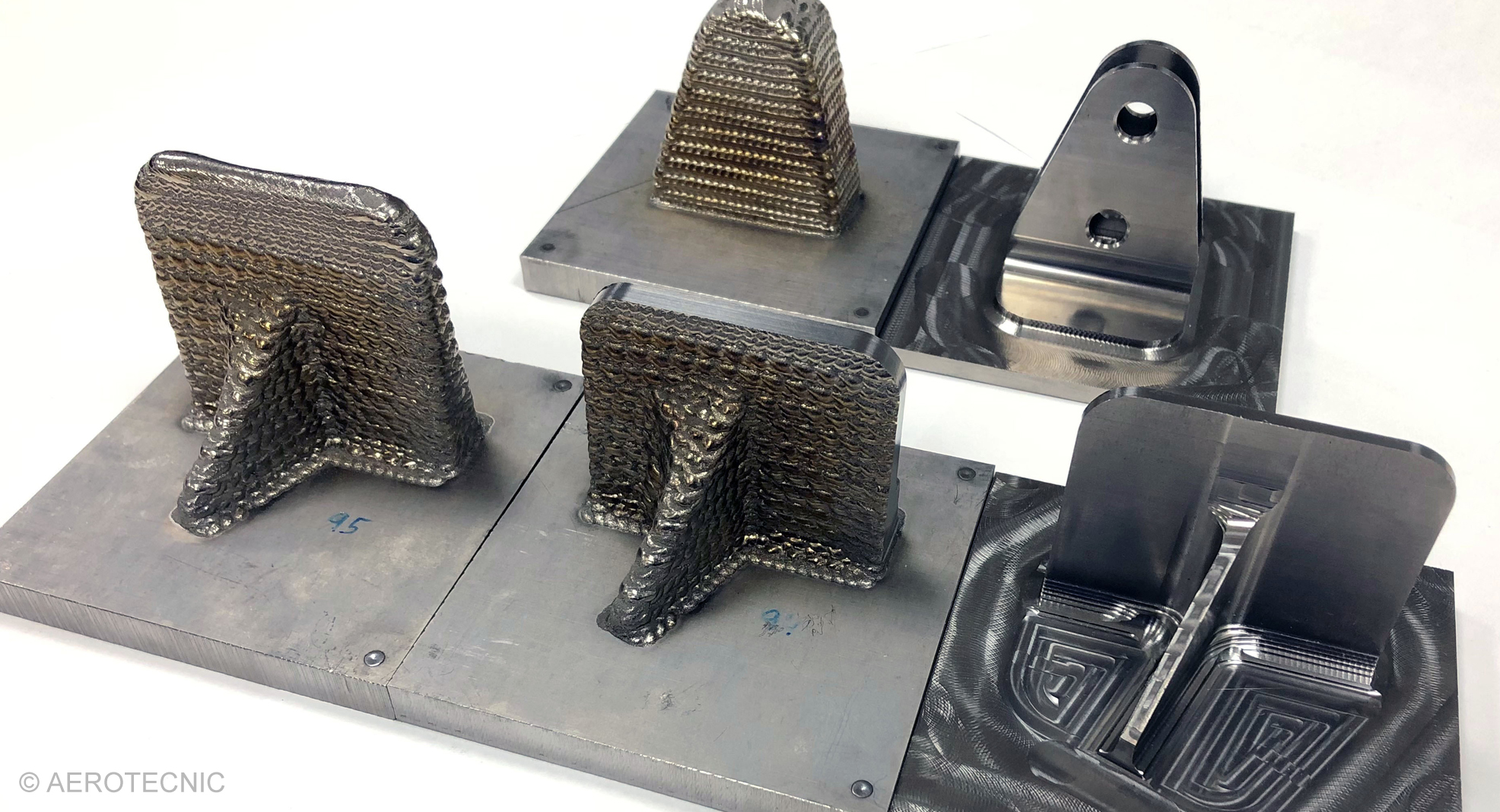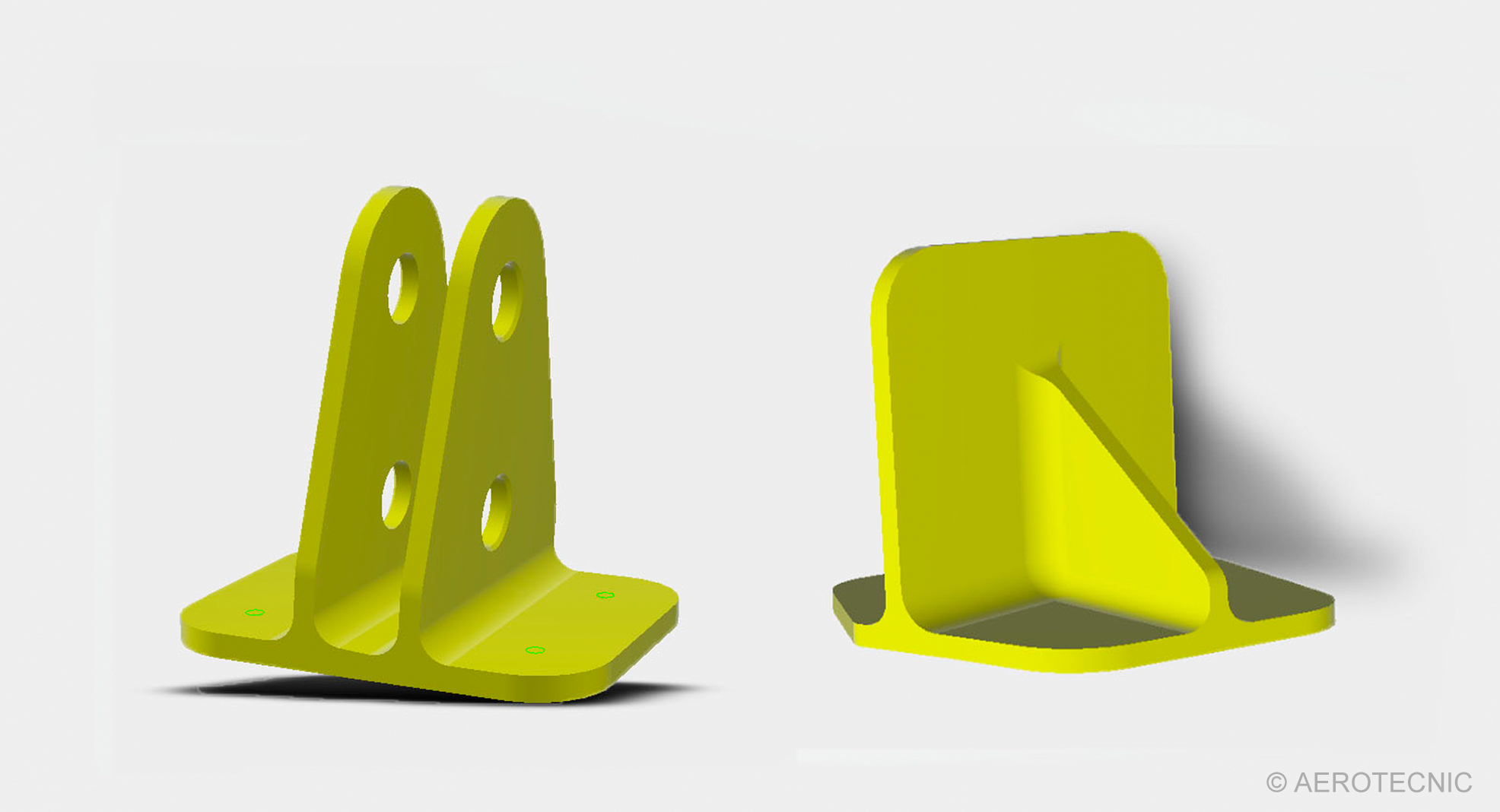Tekniker and Aerotecnic have collaborated in the LASTITAN project to study and optimise the use of the Laser Metal Deposition additive manufacturing process to produce titanium components.
Current manufacturing processes, mainly based on stock removal (i.e., subtractive manufacturing), are associated with significant losses of raw materials, especially when dealing with geometries like those for which titanium is used to make structural components for the aeronautical sector. Moreover, as the alloys used to manufacture these parts are expensive and high-performance materials, any losses resulting from underusing them during a manufacturing process will only generate additional costs for manufacturers.
Additive manufacturing technologies, an area in which Tekniker, a member of the Basque Research and Technology Alliance (BRTA), has extensive experience, are very significant for this industry as they offer a high potential as regards minimising the amount of material required to manufacture different kinds of parts or components.
Consequently, the technology centre and Aerotecnic, a specialised manufacturer of aeronautical components, have collaborated in the LASTITAN project to study and optimise the advanced Laser Metal Deposition (LMD) manufacturing technique in its powder deposition variant to produce titanium components.
This collaboration offers the possibility of replacing the traditional manufacturing process used for a wide range of structural components in this sector with this innovative technique that consists in depositing several layers of material in the form of metal powder injected on the surface of a given substrate that is melted by a high-power laser beam.
Consequently, the process encompasses the best strategies and parameters of the deposition technique and also optimises final finishing operations by machining. A microstructural study was also performed to analyse the features of the parts manufactured to guarantee their quality.
Firstly, and in order to achieve this goal, both parts to be built within the framework of the project were chosen from the Aerotecnic catalogue. Tekniker selected the two most representative components with different geometric features in the form of sloping and intersecting walls.
Secondly, adjustments were made to the equipment to be used throughout the project. More specifically, a robotised cell made by Tekniker was fitted with an inert atmosphere camera to prevent oxidation during the manufacturing process.
Thirdly, experimental trials were carried out on flat specimens to obtain a window of parameters suitable for the laser deposition process and implement the most adequate deposition strategies to manufacture predefined geometries.
Next, the manufacturing process of 3D geometries was optimised, i.e., small-sized prototypes were manufactured with the characteristic geometries of end components to adjust strategies to each one of them. These prototypes allowed Aerotecnic to carry out all the necessary tests to adapt the machining process to this new part typology. Likewise, deposition efficiency was measured to quantify the amount of material lost in the form of non-melted powder particles.
Lastly, the selected demonstrators were manufactured, measuring the total duration of the manufacturing process for both demonstrators and data was used to assess the process from a technical and economic perspective for comparisons with the manufacturing process currently in use.
Dimensional monitoring was also performed on the demonstrators to verify that deformation was below the maximum admissible level.
Finally, the parts were sent to Aerotecnic for machining and finishing so that the final dimensions could be obtained.
The results obtained in the project will allow Tekniker and Aerotecnic to open up new lines of research and collaboration and also learn more about how to optimise machining processes, the possibility of using heat treatments to improve the microstructure of components or wire deposition material to upgrade process efficiency and finish parts better.



